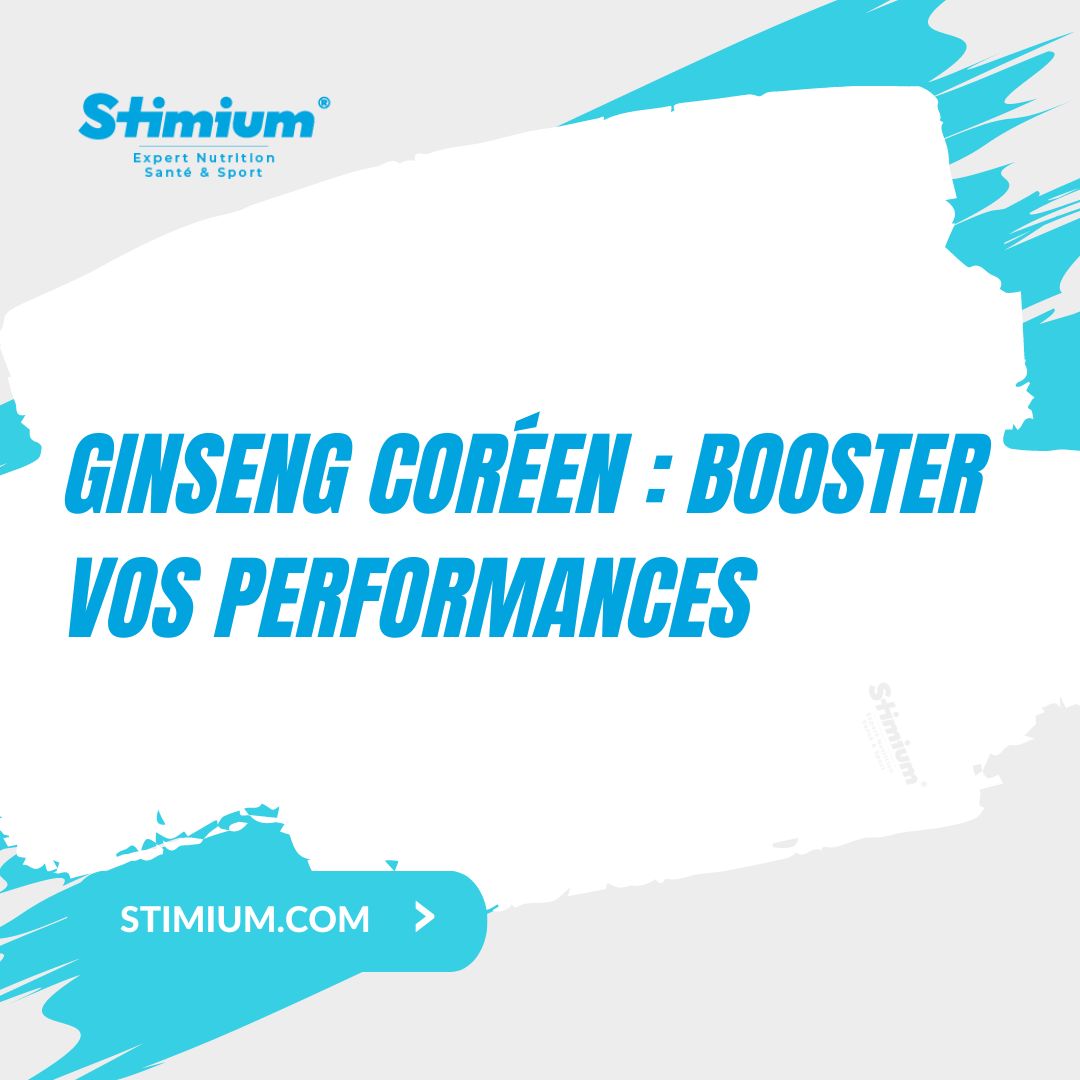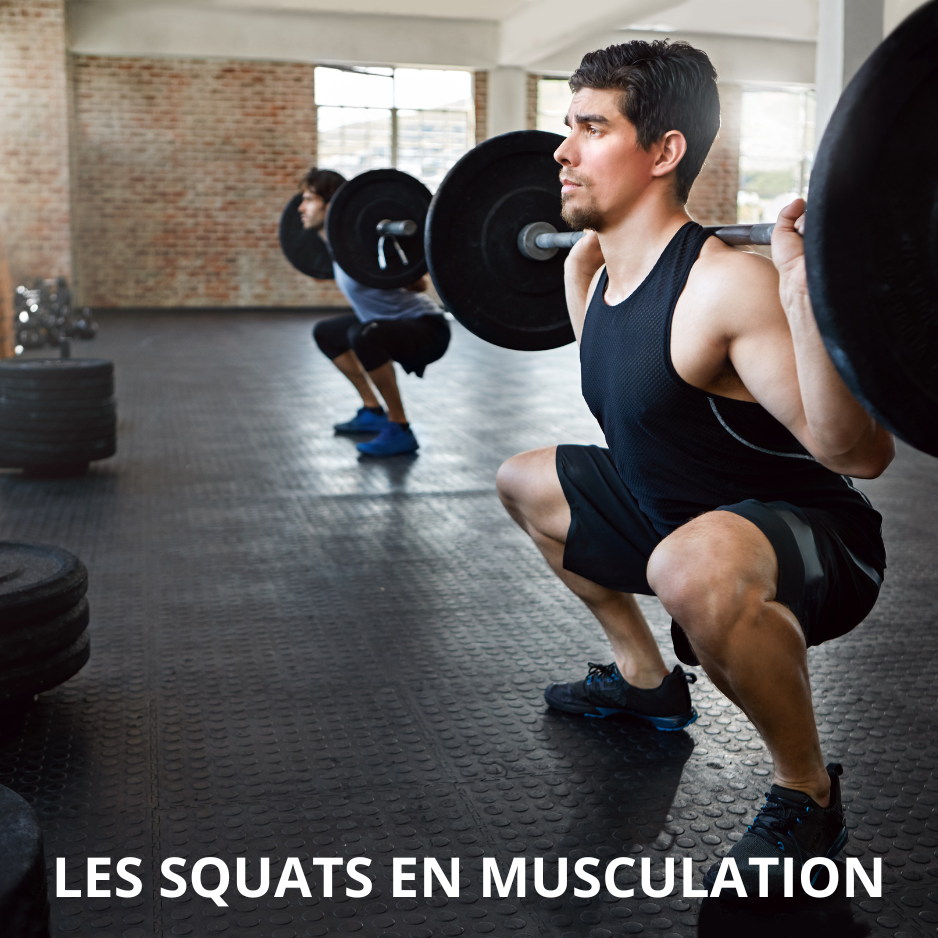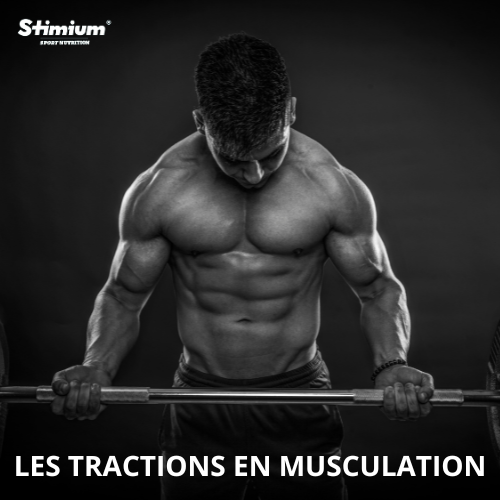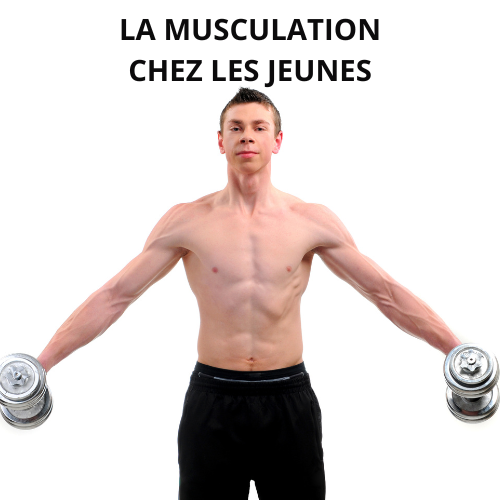Low-intensity cardio or HIIT: which one to choose?
Cardio training is a key part of fitness for athletes of all levels. Whether runners, cyclists, swimmers, fitness or crossfit practitioners or football players for example, the benefits of cardiovascular training are numerous and well documented. The goal here is to explore why cardio training is so important for athletes, as well as the different types of cardiovascular exercises and how to incorporate them into your training program.
What is cardio training?
Cardio training, or cardiovascular training, is a form of exercise that increases heart rate and breathing, thereby improving endurance and cardiovascular health. It is a type of aerobic exercise that uses large muscle groups to increase blood circulation and oxygen delivery to the entire body.
Cardio training can take many forms, including running, swimming, cycling, brisk walking, and cardiovascular exercises at the gym, such as the elliptical or rowing machine. The benefits of cardiovascular training are many and varied.
Benefits of cardio training for athletes
Cardio training is important for athletes because it improves their ability to perform high-intensity exercise over a longer period of time, which can lead to improved performance. Specific benefits for athletes include:
- Improved Endurance: Cardio training increases endurance by strengthening the cardiovascular system. This means you can maintain higher effort levels for a longer period of time, improving your ability to play longer and train more intensely.
- Reduced fatigue: Regular cardiovascular training can help athletes reduce fatigue and recover more quickly after a training session or match.
- Performance Improvement: Cardiovascular training can help increase aerobic capacity, which can improve performance in many sports, such as football, basketball, tennis, cycling and running.
- Reduced risk of injury: Cardiovascular training can help strengthen muscles and tendons, reducing the risk of injury.
- Improved cardiovascular health: Cardiovascular training can help prevent heart disease, improving overall cardiovascular health, which can benefit athletes in the long term.
There are many types of cardiovascular exercises that athletes can incorporate into their training program. Here are some of the most common:
- Running: Running is one of the most popular cardiovascular exercises for athletes. It can be done outdoors or on a treadmill and can be adapted to different fitness levels.
- Swimming: Swimming is an excellent cardiovascular exercise for athletes because it uses all the muscles of the body and is gentle on the joints.
- Cycling: Cycling is a great option for athletes who want to improve their endurance and aerobic capacity. It can be done outside or on an exercise bike.
- Cardiovascular Exercises at the Gym: Cardiovascular equipment at the gym, such as the elliptical, rower, and stepper, offers convenient and effective workout options.
What is HIIT?
HIIT (High-Intensity Interval Training) is a type of cardiovascular training that alternates periods of intense exercise with periods of active recovery. It can be practiced with exercises such as running, skipping rope, cycling, or bodyweight movements.
How to integrate cardiovascular training into a training program for athletes?
It is important to integrate cardiovascular training into your training program in a regular and balanced manner. Here are some tips to help you incorporate cardiovascular training into your workout routine:
Determine your goals : Determine the goals of your cardiovascular training, such as improving endurance, increasing aerobic capacity, or reducing fatigue.
Plan your workout schedule : Plan your workout schedule based on your goals. Integrate regular cardiovascular workouts into your routine, alternating between different types of exercises to avoid monotony.
Warm up and cool down : Remember to warm up before starting a cardiovascular workout and take time to cool down after exercise. This will help reduce the risk of injury and improve results.
Gradual progression : Start slowly and gradually increase the intensity and duration of your cardiovascular workouts. This will allow your body to adapt to the effort gradually, avoiding injuries and overwork.
Choosing between low-intensity cardio and HIIT (High-Intensity Interval Training) will depend on several factors, including your goals, fitness level, and personal preference.
Low-intensity cardio, such as brisk walking or running at a moderate pace, is ideal for improving your aerobic capacity and burning calories over a long period of time. It can be beneficial for athletes looking to improve their endurance or active recovery between more intense training sessions.
HIIT, on the other hand, is a more intense type of cardiovascular workout that alternates periods of high-intensity exercise with periods of active recovery or rest. HIIT is ideal for athletes looking to improve their overall fitness and anaerobic capacity. It is also beneficial for those looking to burn fat and build lean muscle mass.
It is important to note that HIIT can be very demanding on the body and requires good fitness. It is therefore important to start slowly and gradually progress in training intensity and duration.
Ultimately, choosing between low-intensity cardio and HIIT depends on your goals, fitness level, and personal preferences. It may be beneficial to alternate between the two types of cardiovascular training to get the most out of your training program and avoid monotony. In any case, in addition to your cardio training, do not hesitate to take Omega 3 as a treatment, ideally with a high content of EPA and DHA, for effective supplementation for this type of training. For those who do cardio in the gym, particularly as part of muscle strengthening, GABA will also be very relevant because it acts as much on growth hormone as on cardiovascular health. Cardio or HIIT, there is no choice, both are excellent for your health (and for your figure!).







